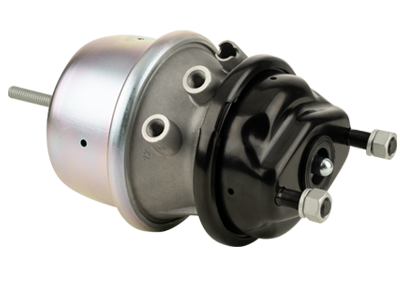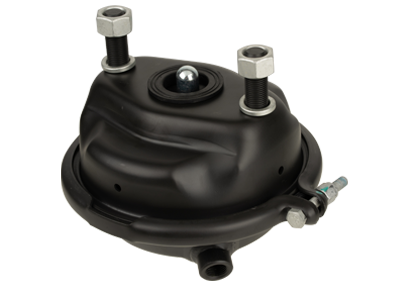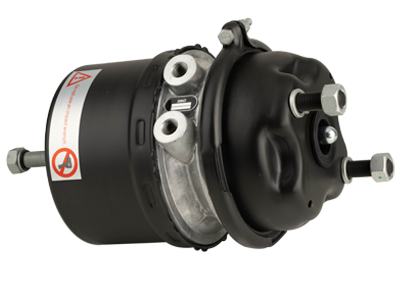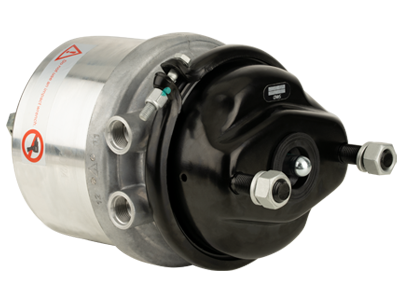Product Knowledge
In a car, a
clevis refers to a mechanical component that serves as a linkage or connection point between two parts. It typically consists of a U-shaped metal bracket with holes or pins on the ends to accommodate fasteners. The clevis is designed to allow for articulation and movement between the connected components while providing a secure attachment.
1. Suspension Systems: Clevises are used in the suspension system to connect various components such as control arms, sway bars, and shock absorbers. They allow for the attachment and articulation of these components, enabling the suspension to move and absorb road irregularities while maintaining stability.
2. Brake Systems: Clevises can be found in the brake system, particularly in the brake pedal linkage. They connect the brake pedal to the brake booster or master cylinder, translating the force exerted on the pedal to activate the braking mechanism.
3. Throttle Linkages: In older vehicles with mechanical throttle systems, a clevis may be utilized in the throttle linkage. It connects the accelerator pedal to the throttle body or carburetor, controlling the opening and closing of the throttle plate.
4. Clutch Linkages: Some manual transmission vehicles incorporate a clevis in the clutch linkage. It connects the clutch pedal to the clutch master cylinder or release mechanism, enabling the driver to engage or disengage the clutch.
5.Steering Systems: Clevises are used in the steering system, connecting components such as the pitman arm, idler arm, or tie rods. They allow for the transmission of steering inputs from the steering wheel to the wheels, facilitating directional control.







 英语
英语 中文简体
中文简体 德语
德语 俄语
俄语 西班牙语
西班牙语 法语
法语



















